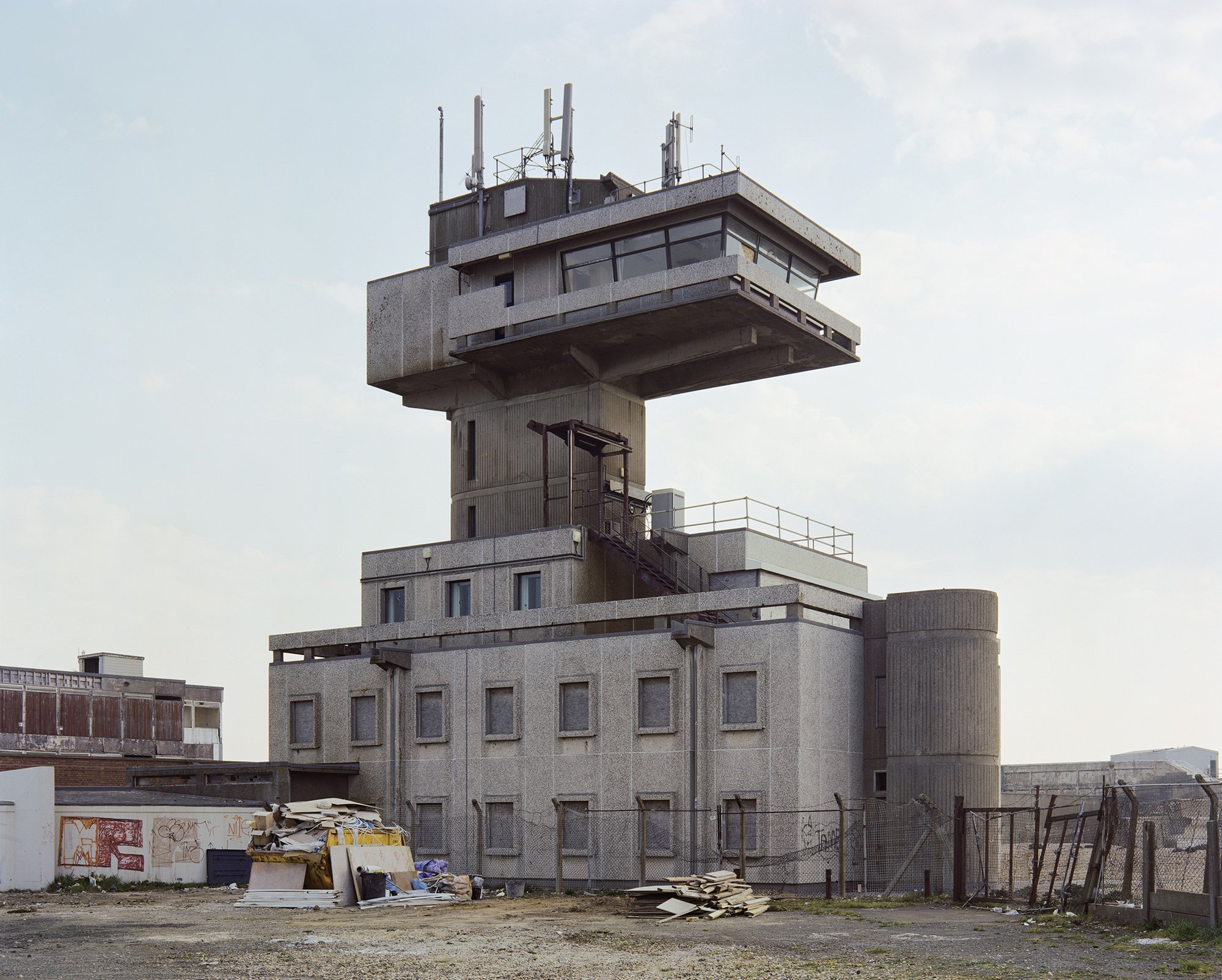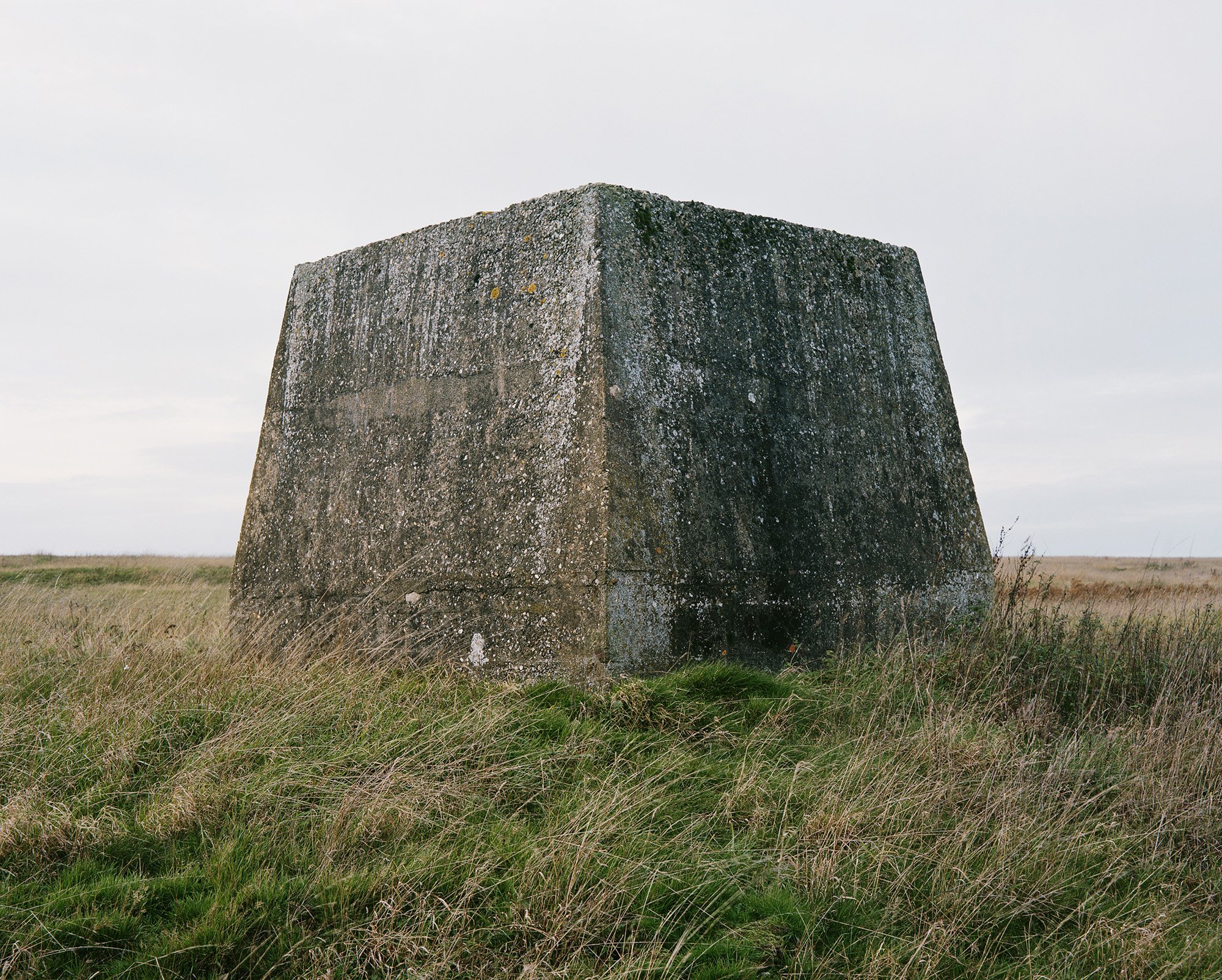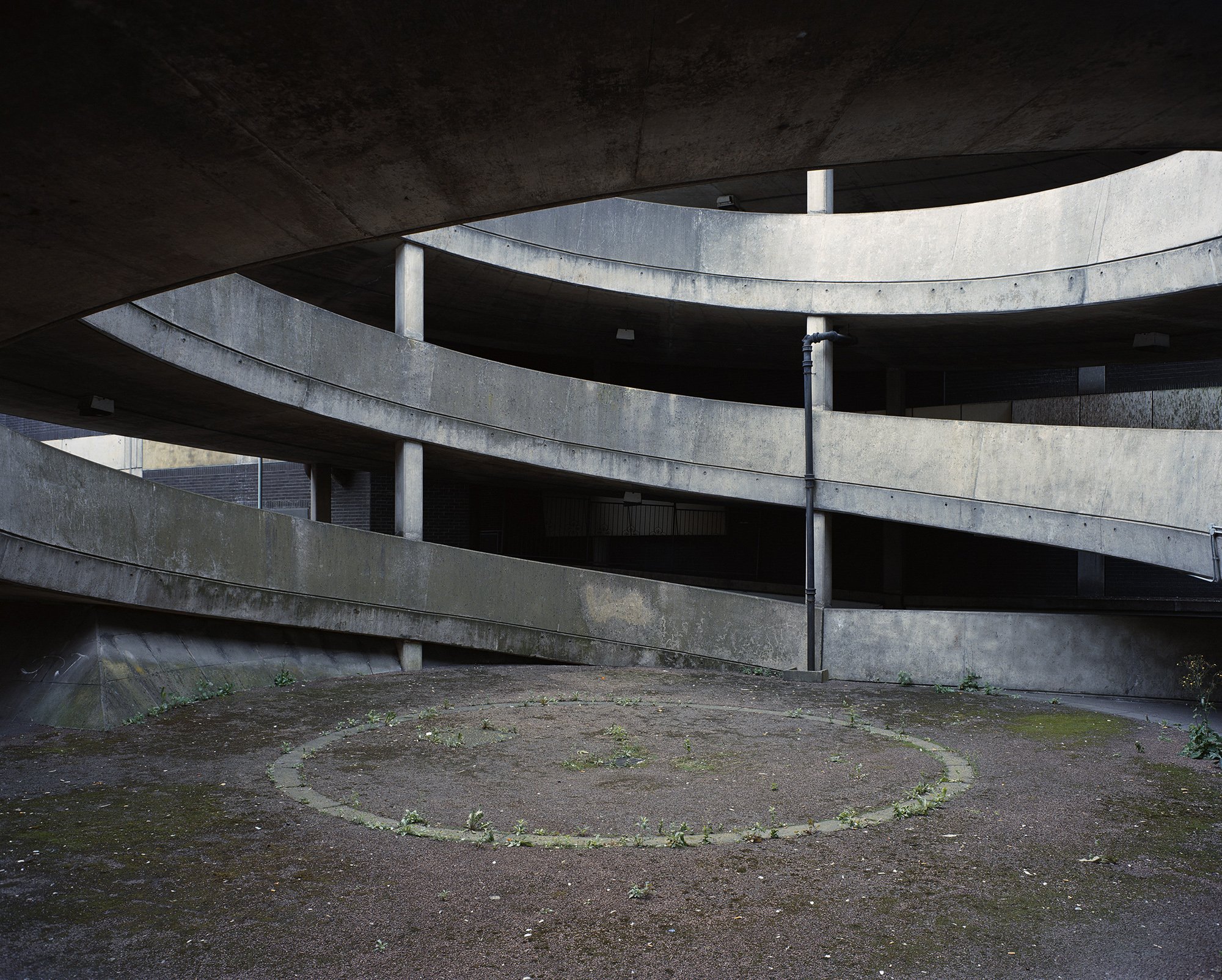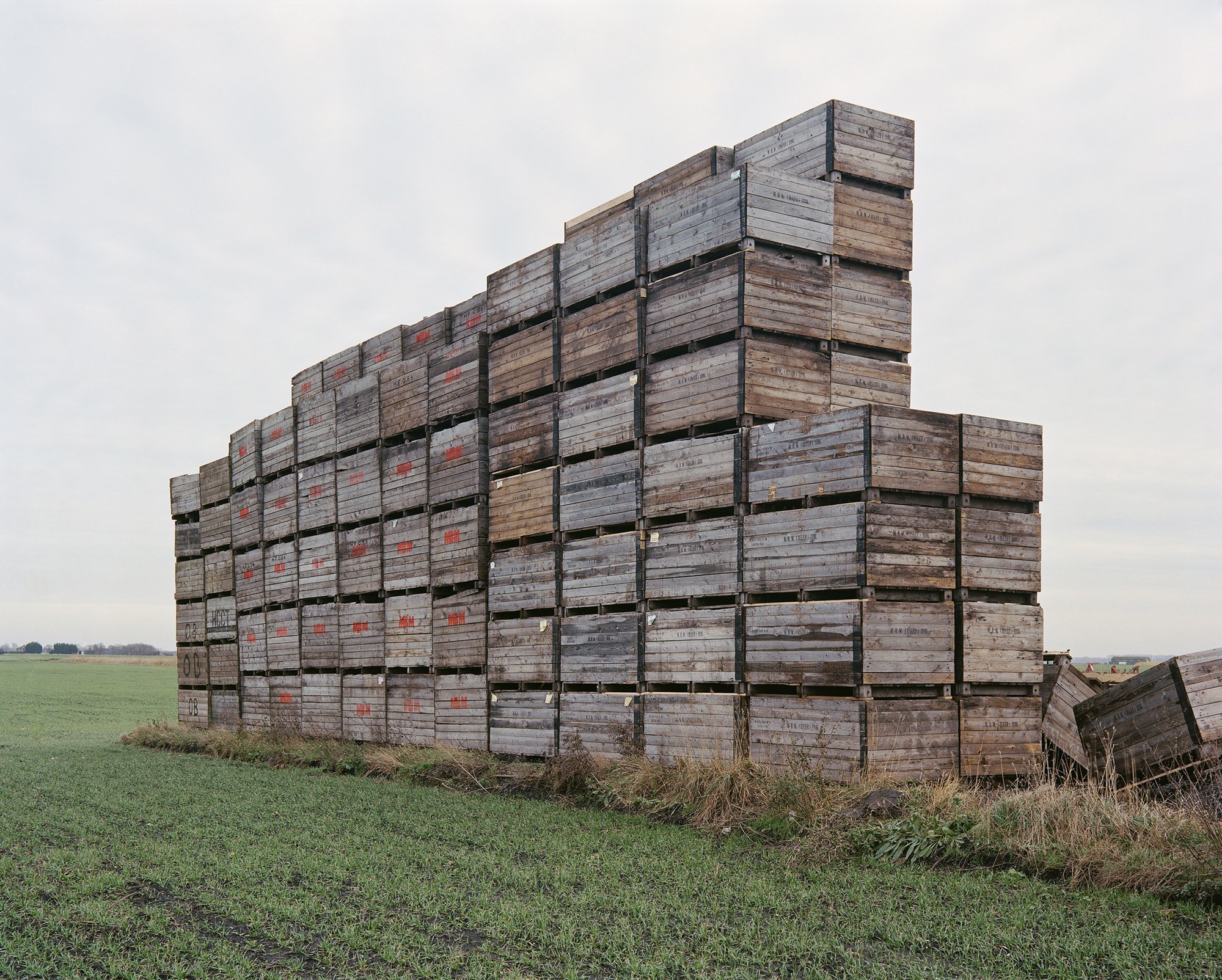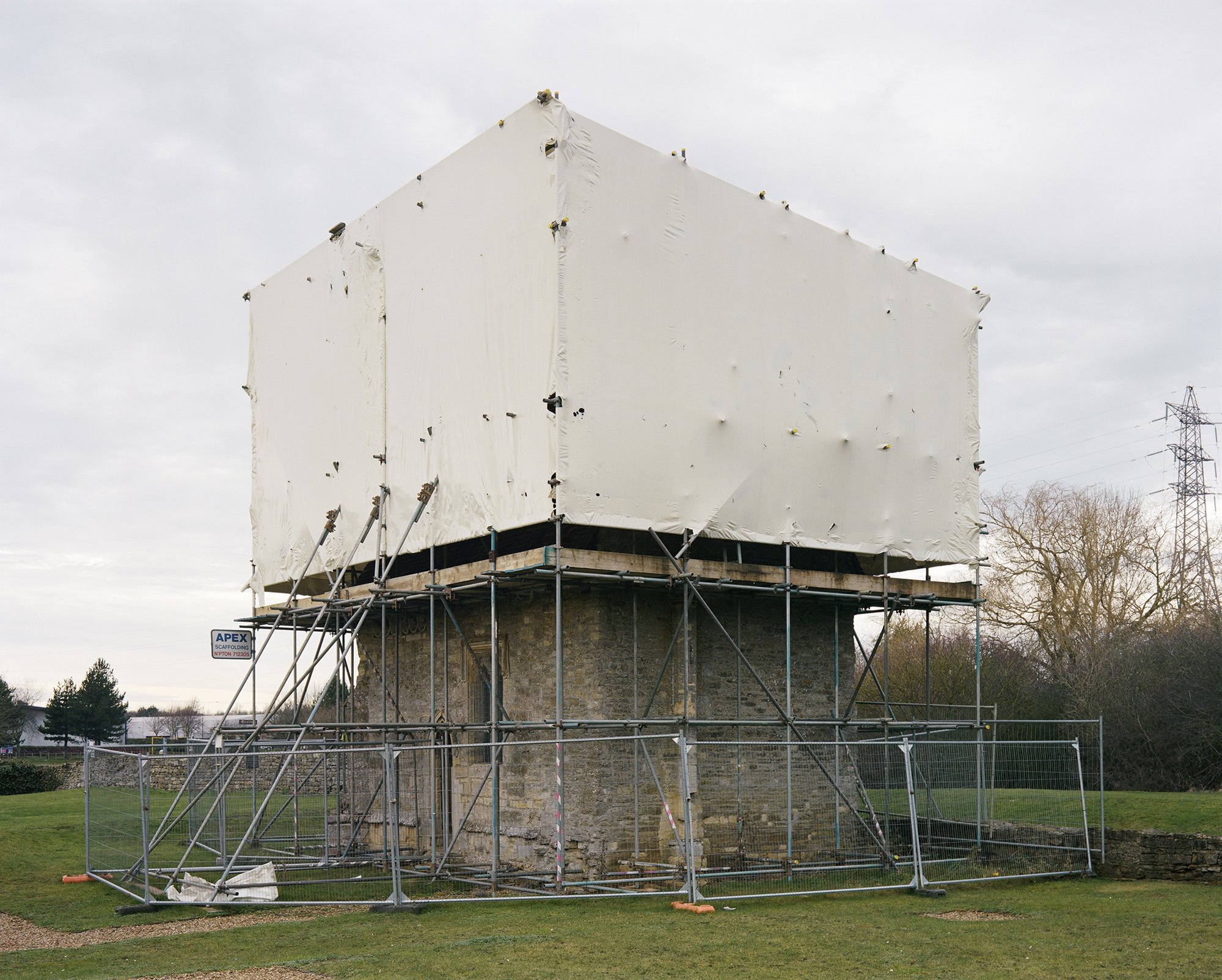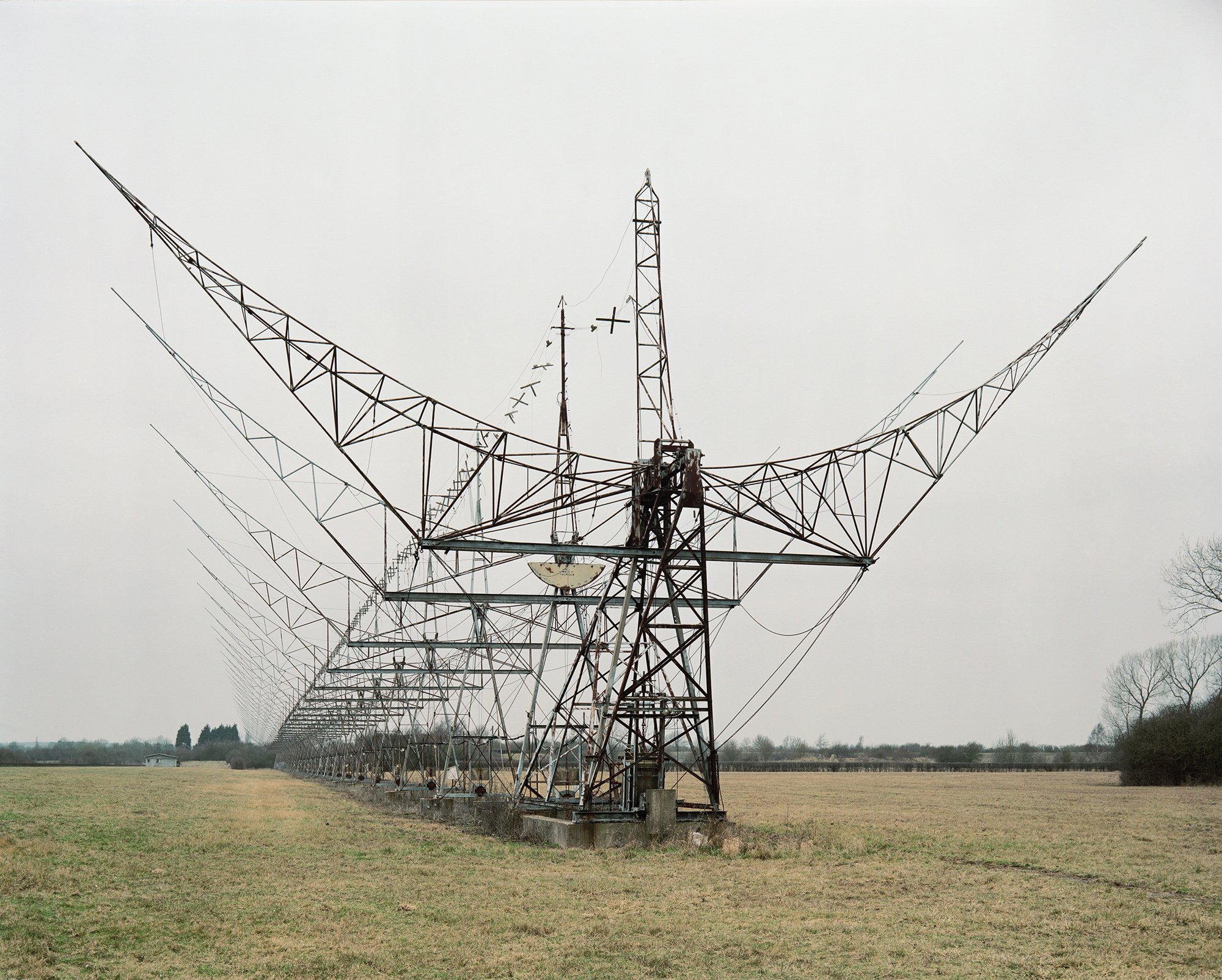The dialectic presented in this body of work oscillates between the destruction and renewal of our contemporary and historical relationship with landscape, and the nuances of activity that are made manifest by edifices and constructions within it. These dislocated forms of quasi ‘sculpture’ are evidential signs of power, class and labour positioned in the English landscape.
The work explores the precarious tipping point between stability and impermanence, and the inexorably cyclical nature of the physical environment after human intervention. A primary intent of the work is to expose how form follows function in order to reveal the inherent aesthetics and resonances contained within the seemingly effortless gestures of ‘the found’. The forms offer a continual loop of their functional evolution; pragmatically laying bare the beauty of utilitarian banality provides a structural rhetoric through verification, confirmation and comparison.
Underpinning the work is a phenomenological motivation which aims to bridge the divide between the photographer’s explicit framing of the constructed landscape and the casual viewer’s benign, unknowing or unconscious dismissal of its functions, resonances and attributes. The image therefore situates itself as a meeting point, a catalytic conduit between the viewer and the photographer – a potent interface arising from the indifferent gaze of the viewer being counteracted by the experiential nature of the observer, i.e. photographer.
The photograph becomes an understated language aiming to lure the viewer into re-examining what is too readily dismissed as banal or ubiquitous.
By choosing to shoot at an angle that offers two faces of a given form, the viewer is made aware of a distortion and is invited to engage with the work by viewing ‘around’ the subject and beyond its ‘face value’. This work aims to allure and provoke a reflective experience of unrecognised recollections or logic.
The methodology of this body of work tests the nuances between literal fact and objectivity, in the process referencing and testing a more scientific approach. The deliberate exploitation of angles intrinsic in the work also offers a specific examination of the subject, drawing on the language of the survey.
This body of work is informed by the photographer’s own empirical data relating to theories of brutalism and an ongoing interpretation of human responses to the utilitarian environment through its cycles, narratives and evolutions.

